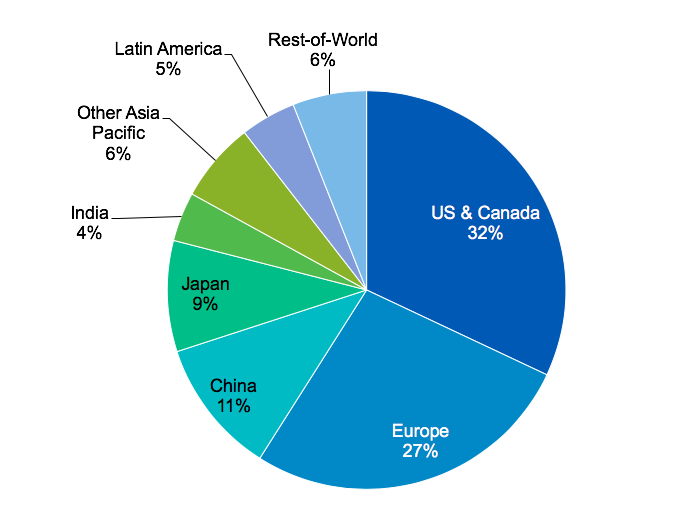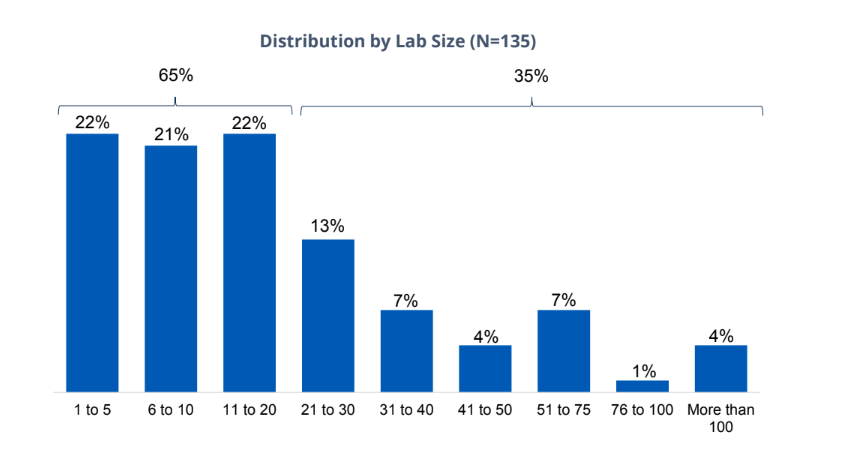December 7, 2018 -- In our previous article, we reviewed some of the most prominent trends in the food applications industry. In this article, we delve into the technological drivers in the industry as well as end-user perspectives of 135 scientists around the world that currently use analytical tools in food safety testing, composition analysis, and other related applications.

While our analysts took a look at how life science and analytical tools were aiding and bolstering the need for improved food safety, they also considered how these trends help drive the demand for 12 different types of analytical technologies. Although the overall food testing analytical instrument market was calculated to be $7.7 billion in 2017, we predict it will grow to $10.6 billion in 2022. Based on the aforementioned trends, it’s understandable that the biggest contributors to future market growth will be microbiology and food safety testing, mass spectrometry, and chromatography products. North America and Europe currently lead the industry in with these technologies, but China and other quickly developing regions will experience significant growth in the next five years as more governmental regulations are brought into law and enforced.

The wide range of industry testing performed by small, independent laboratories, and the constant battle of lab managers and personnel against rapidly changing government regulations, was a particular theme that stood out to our analysts. Our data shows that almost three-quarters of respondents work in a lab with fewer than 20 employees, and about half of those surveyed rely on in-house personnel to develop food safety plans. Combined with respondents’ cited frustrations on having to keep up with constantly changing laws, and the complex testing often needing to be performed, it’s clear that many labs could be struggling to keep up the fast adaption and adoption rates needed to succeed in such a constantly changing (but vitally important) market. Here, there is an opportunity to provide instruments and tools with increased efficiencies to improve the workflow of these scientists.


Although overall market growth remains very healthy across almost every product type used in this field, suppliers might want to explore how they can help decrease the burden placed upon labs whose budgets and time are being stretched thin. Despite a large percentage of labs planning to adopt various lab automation and software solutions, most cite the lack of funds as the largest barrier to initial purchases, with the cost of service and maintenance coming in as a close third.
Copyright © 2018 scienceboard.net


